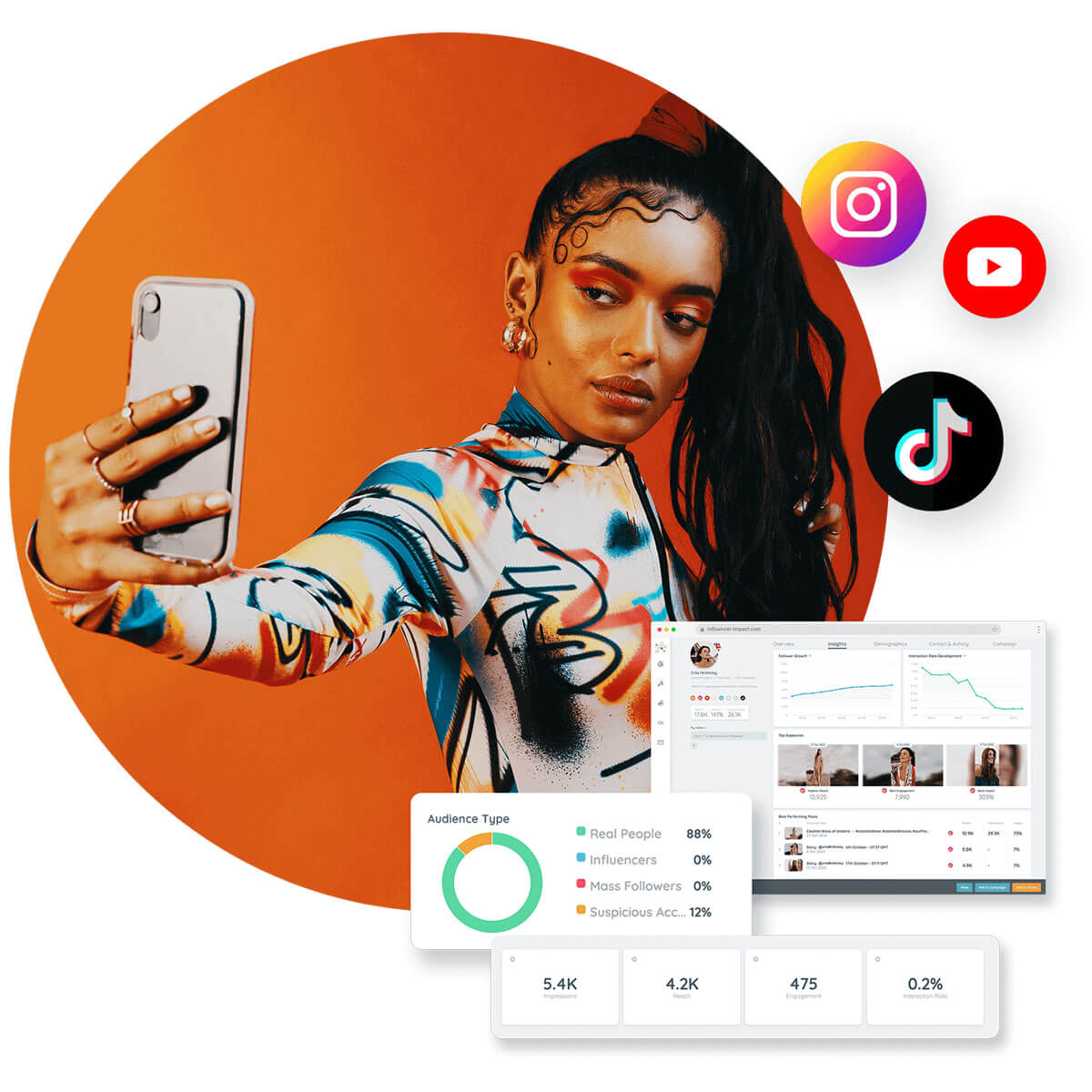Influencer marketing is an effective strategy that brands can employ to reach out to their audience. Influencer marketing’s full potential is attainable by combining key performance indicators (KPIs) together with return on investment. This article will explore the complexities behind the influencer marketing strategy. It also explores how a consistent approach can produce remarkable outcomes.
Influencer marketing: How to make an effective plan
The secret to a successful influencer marketing campaign is a thoughtfully designed strategy. You should not just align your brand with prominent individuals that are well-known however, you should also align your brand with those who have the ability to authentically share your message. Influencer marketing involves:
Identifying your objectives: Define what you’re trying to achieve through collaborations with influencers. Do you want to increase awareness about your brand or boost sales? Or create thought-leadership? Each goal requires a unique approach.

Select Influencers: Carefully select influencers with values that align with the brand’s goals. A luxury fashion brand might not choose a fitness influencer to be the most appropriate choice.
Content Alignment: Collaborate influential individuals to create content that seamlessly incorporates your brand’s message and while reflecting the authentic voice of your influencer.
Distribution Plan: Decide how and where content is distributed. This could include blogs or social media sites or even in-person events. For more information, click influencer marketing kpi
Measuring Influencer Marketing Success with KPIs
Key performance indicators (KPIs), which are used to measure the effectiveness of influencer marketing campaigns are crucial. KPIs offer quantitative metrics that measure the success of your campaign. KPIs are an indicator of how well your campaign is doing. They vary based on the objectives you’ve set to achieve, but the most common KPIs include:
Engagement Rate: This measurement is a measure of the amount of interaction that an influencer’s posts receive from their followers. This is comprised of comments, likes and shares as well as clicks.
The growth of your brand’s followers is a good indicator of the success of your campaign.
Click-Through (CTR) Rate CTR Rate: It measures the percentage of users who click on links posted by influencers in order to gain more information about your service or product.
Conversion Rate: The conversion rate will tell you how many people who viewed the influencer’s posts actually performed a desired action for example, purchasing a product or signing up for the newsletter.
Unveiling the True Impact of the Influencer Marketing ROI
As brands invest in influencer marketing, knowing the ROI (ROI) is vital. ROI is the measurement of your investment’s worth relative to the cost. To calculate the influencer’s ROI in marketing it is important to consider tangible and non-tangible elements.
Tangible Returns: These include tangible results that can be determined, for example, sales revenue generated from the campaign as well as the number of new customers acquired or the rise in web traffic.
They are vital, however harder to measure. They include factors such as increased brand awareness, improved perception of the brand, and enhanced customer trust.
Calculating ROI: The formula used to calculate ROI is (Net Profit / Cost of Investment) 100. Be aware that a positive ROI does not always translate to immediate gains in money. Positive intangibles could have a major impact on the effectiveness of your campaign.
Think about the lifetime value of customers to fully understand the effectiveness of an influencer campaign. If an influencer’s message leads to customers who make repeat purchases, the impact of the campaign extends far beyond its initial phase.
Influencer marketing is multi-faceted and requires a strategic approach. The effectiveness of these campaigns is underpinned by the synergy of the influencer marketing plan KPIs, ROI, and evaluation. An established influencer marketing plan aligned with your brand’s goals and values forms the foundation of successful partnerships. In turn, using the correct KPIs will allow you to evaluate the campaign’s effectiveness, offering insights into its reach and resonance.
For ROI, its calculation extends beyond mere numbers, encompassing both tangible and intangible gains. Understanding the influence of influencers’ opinions on brand perception as well as trust from customers and long-term success is key. When you combine all of these elements, companies can make the most of influencer campaigns and develop lasting relationships with their target audience. Ultimately, the harmonious interplay of KPIs, strategy, and ROI is the driving force behind influencer marketing’s evolution from a trend into an ongoing and effective marketing strategy.
